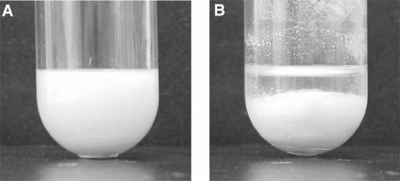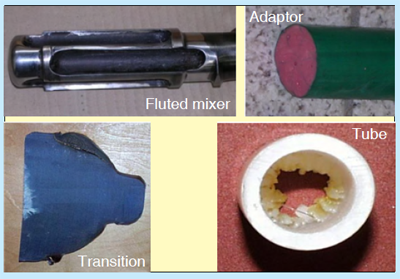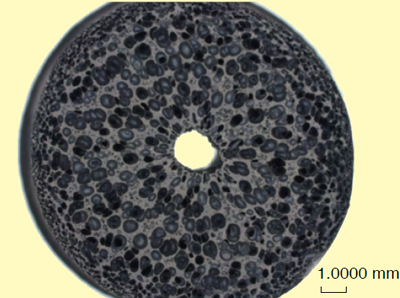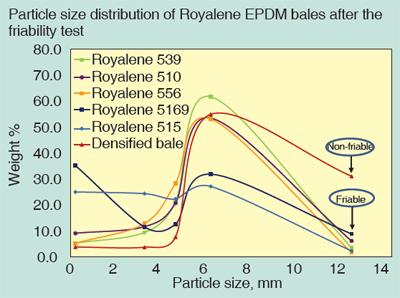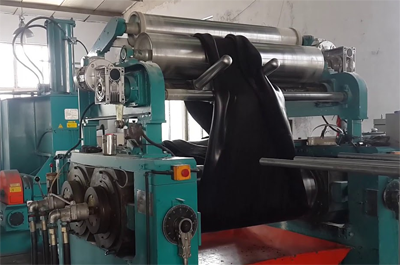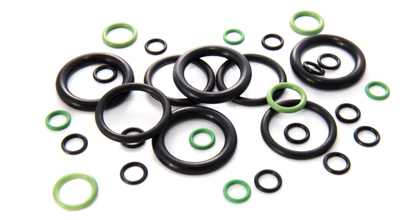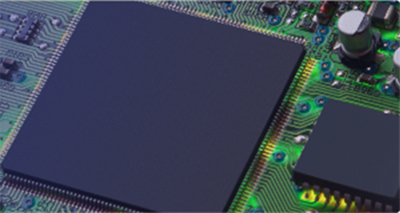An overview of the silicone recycling process
With global annual production of silicone expected to grow to 2.9 million tons by 2025, it is increasingly important to have an environmentally-friendly end-of-life option for silicone products. The current solution for discarding silicone scrap is to either landfill or incinerate it. Both of these are detrimental choices for the environment.
Read More
